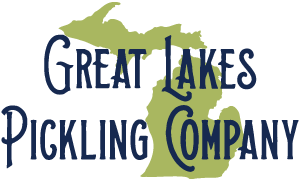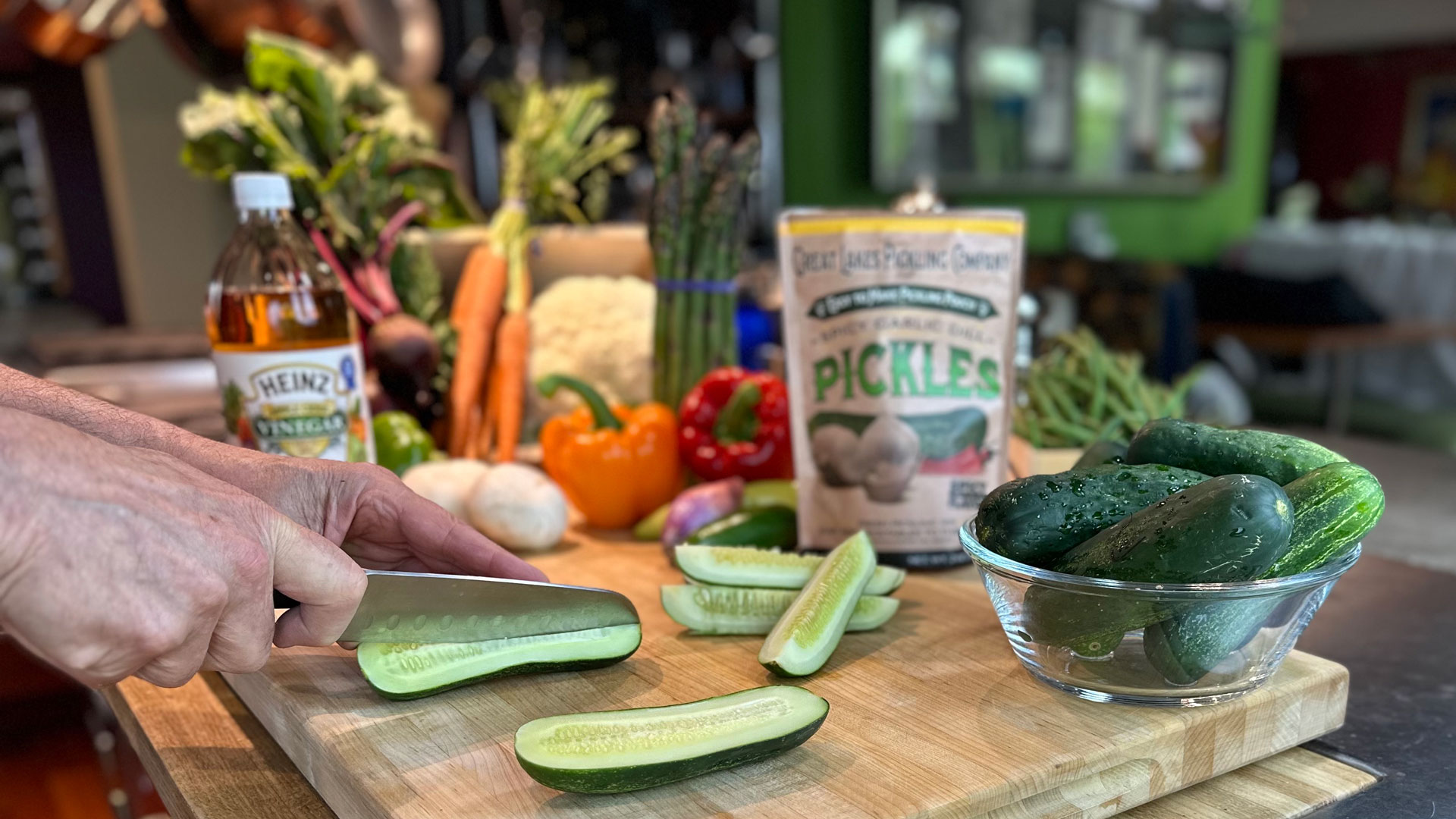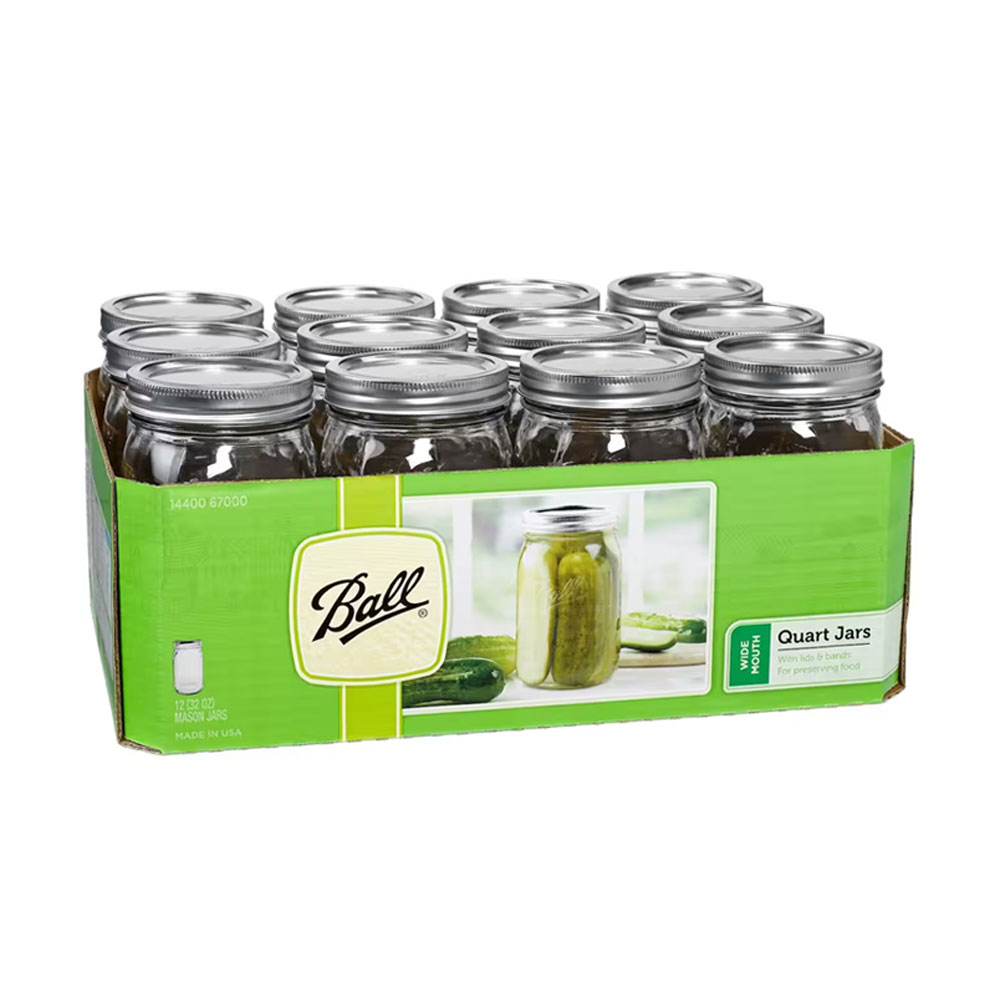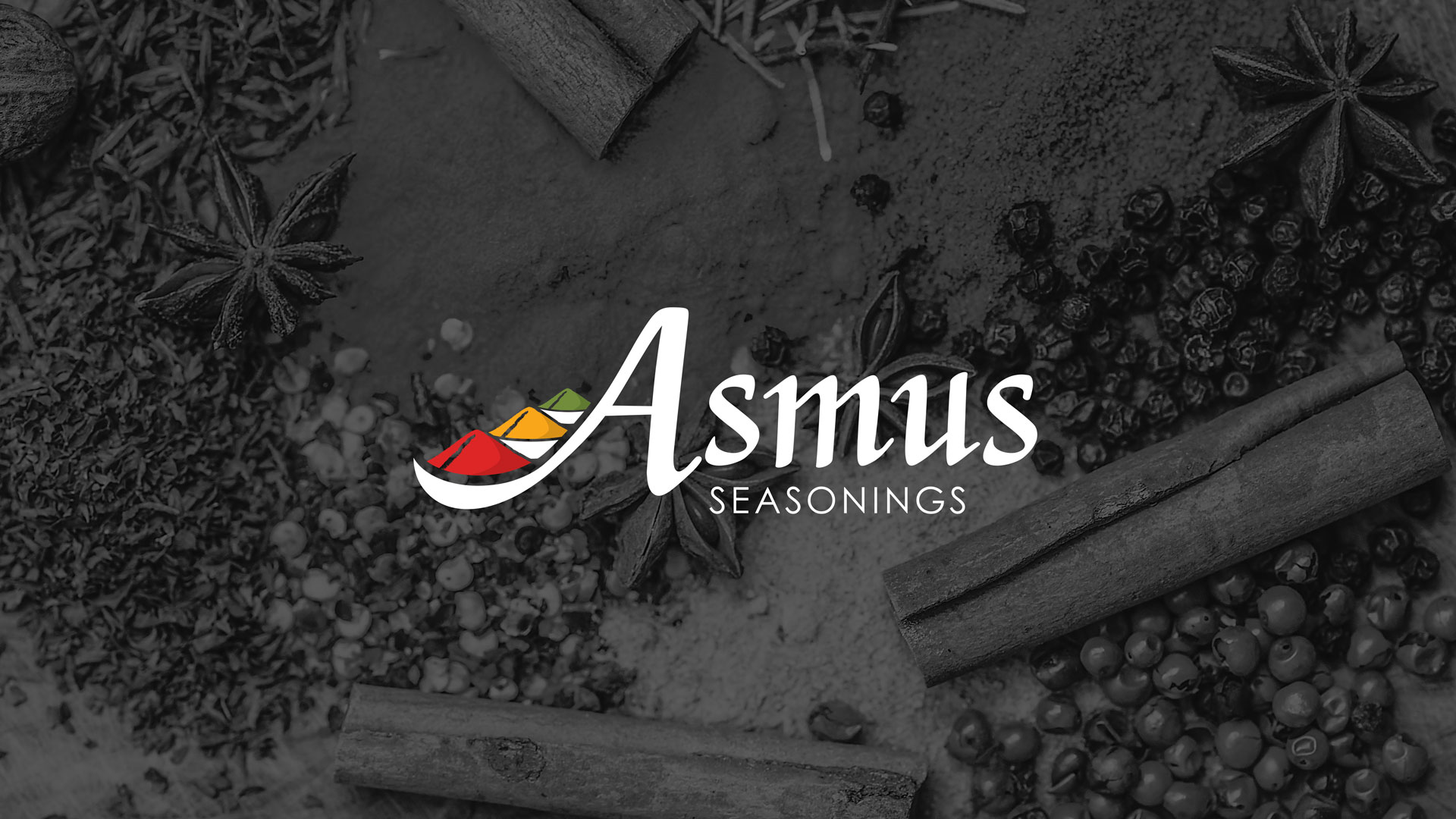Vegetables to Consider Pickling
Whether you’re new to homemade pickling or you’re already deciding on what to plant in your garden or deck pots for next spring, we give you a look at some of the many vegetables you’ll want to consider on our Pickling Vegetables Guide.
Pickling Cucumbers – A Natural First Choice
Your first choice is likely pickling cucumbers, the most widely known being the “Kirby” type. There are MANY excellent varieties to choose from.

Botanically a “fruit”, most everyone calls cucumbers a vegetable because quite simply, they just call into that “usage” category. If you go on from here to any website for further research, you’ll often see them being referred to that way we don’t want you to be surprised. If you begin your first pickling with cucumbers, you’ll likely be restricted to the cucumbers that are grown in your local area, or that are brought into your neighborhood supermarkets.
However, if you choose to grow your own, growing cucumbers is really pretty easy, they just require plenty of sun, regular watering, prefer a well-drained soil pH of 5.5, and lots of nitrogen. Perhaps best of all, when harvest time comes, you’ll proudly have a great-tasting product and a great story to tell. If you’re thinking of planting cucumbers this upcoming growing season, then this guide is also very useful, and you can hop onto the web and quickly find your favorites.
While any cucumber can be pickled, not just ANY cucumber makes a great pickle. Here’s what you’re looking for:
- A thin skin (helps with brine absorption)
- Firm inner pulp (no one likes mushy pickles. You want that crisp “snap”.
- Small enough size that you can pickle whole pickles or make spears the length of most jars (or in our case, pouches.) That means, 4” to 6” inches max!
Having said this, below are just some of the popular cucumber varieties across the country that fit these 3 descriptions. If you’re interested in any of these varieties, all the information you need, along with where you can get the seeds, is widely available on multiple websites.
- https://www.edenbrothers.com/collections/cucumber_seeds
- https://www.burpee.com/vegetables/cucumbers/
- https://parkseed.com/cucumber/c/cucumber/

Kirby Cucumbers (5-6”)
So, if you’ve come this far, you like cucumbers, and it’s quite likely you’ve certainly heard of the Kirby Cucumber.
What exactly is a Kirby Cuke and why are they good for pickling? It’s an interesting story.
Many varieties of this cuke were originally developed by Norval E. Kirby in the early 1920s, and all were marketed as Kirby Cucumbers. The one thing they all had in common was thin skin, firm pulp, small seeds, and the right size for canning. In the ’30s, the National Pickling varieties stormed the scene with their own variations. However, the name “Kirby” eventually became synonymous with all pickling cucumbers and it is still used today as a general term.
Widely available in the Detroit Metropolitan Area supermarkets and produce stands, and sold under this marketing name, cucumbers specifically designed for pickling are grown all around the world and considered the best ones to choose for pickling as a category.
Below are just some of the many varieties of pickling cucumbers.
Boston Pickling (3-4”)
You’ll get your first harvest in about 2 months from planting, they’ve been Gardner’s favorite for quite a long time, and are considered right up there with the best cukes.
Bush (4-5”)
As the name implies, these cukes are bush-like plants that produce a good amount in a relatively short period of time.
Calypso (4”)
A high-yielding variety that is somewhat resistant to many typical cuke diseases.
H-19 Little Leaf (3-4”)
Is a smaller plant itself, but it produces a good amount of cukes for its size. A popular choice for decks or small gardens.
National Pickling (5”)
Developed by the National Pickle Packers Association you can guess why these pickles are a popular choice for packing into jars. Thicker than some pickles, they also make excellent spears.
Wisconsin SMR 58 (6-8”)
This technical-sounding pickle was developed by the University of Wisconsin. Its vines produce many pickles and are usually trellis grown so that they hang downward, thus keeping them straight.
County Fair 83 (3”)
It’s a somewhat small pickle but it’s full of mild and sweet flavor and lacks the bitterness of some other varieties.
Additional Varieties
Other cucumber varieties include the Jackson, Sassy, Eureka, Northern Pickling, Picklebush, Salt & Pepper, Supremo, Carolina, Burpee Pickler, Parisian, English Hot House, Adam Gherkins, Pick a Bushel, and Fancipak. There are many to choose from to give you the exact texture and flavor for your homemade pickling.
—
Now that you’re ready to pick the right cucumber for you to pickle, you’ll find that pickling your cukes in Great Lakes Pickling Company pouches makes homemade pickling fun, easy, and quick. Cucumbers go great with any of our easy-to-make pickling pouch flavors. Enjoy!



